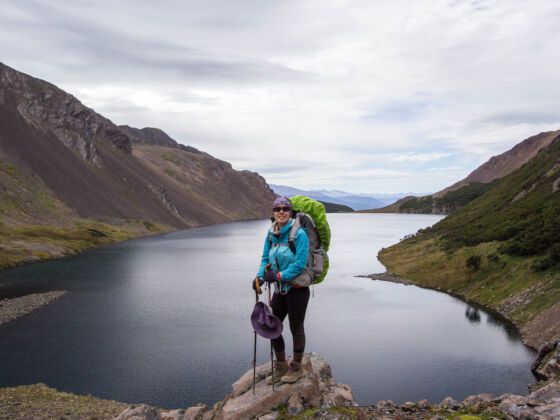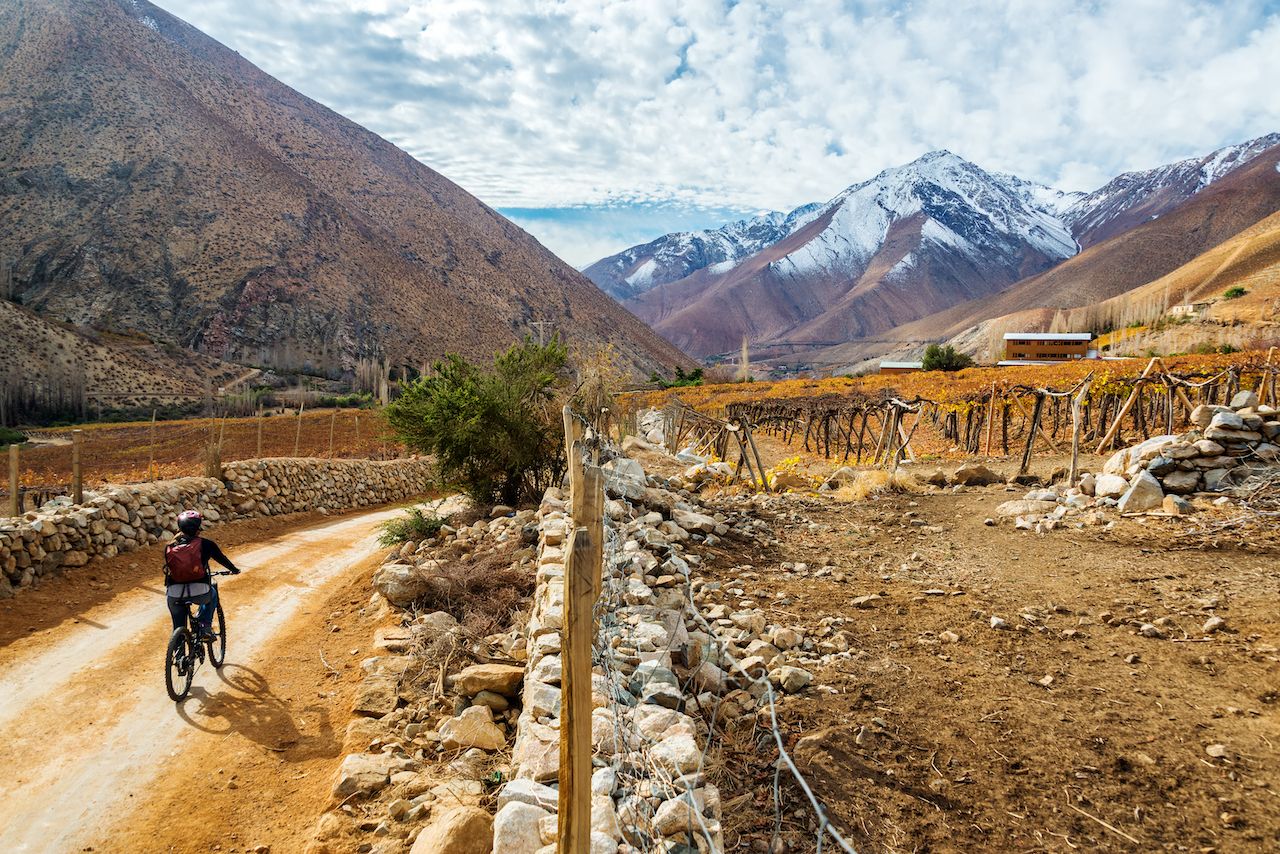Torres del Paine. The Atacama Desert. The wine valleys around Santiago. These are Chile’s greatest hits, and for good reason. They’re crowd pleasers, incredible in their own right, and have made Chile into a bucket list destination juggernaut. But as any music enthusiast knows, it’s often the lesser-known tracks, the B-sides, the obscure singles, that reveal an artist’s true heart and soul.
The same is true for travel and countries: that when you take the road less traveled, what you find is often even more special and memorable than what you set out looking for, like these four places in Chile that the crowds have yet to discover.




